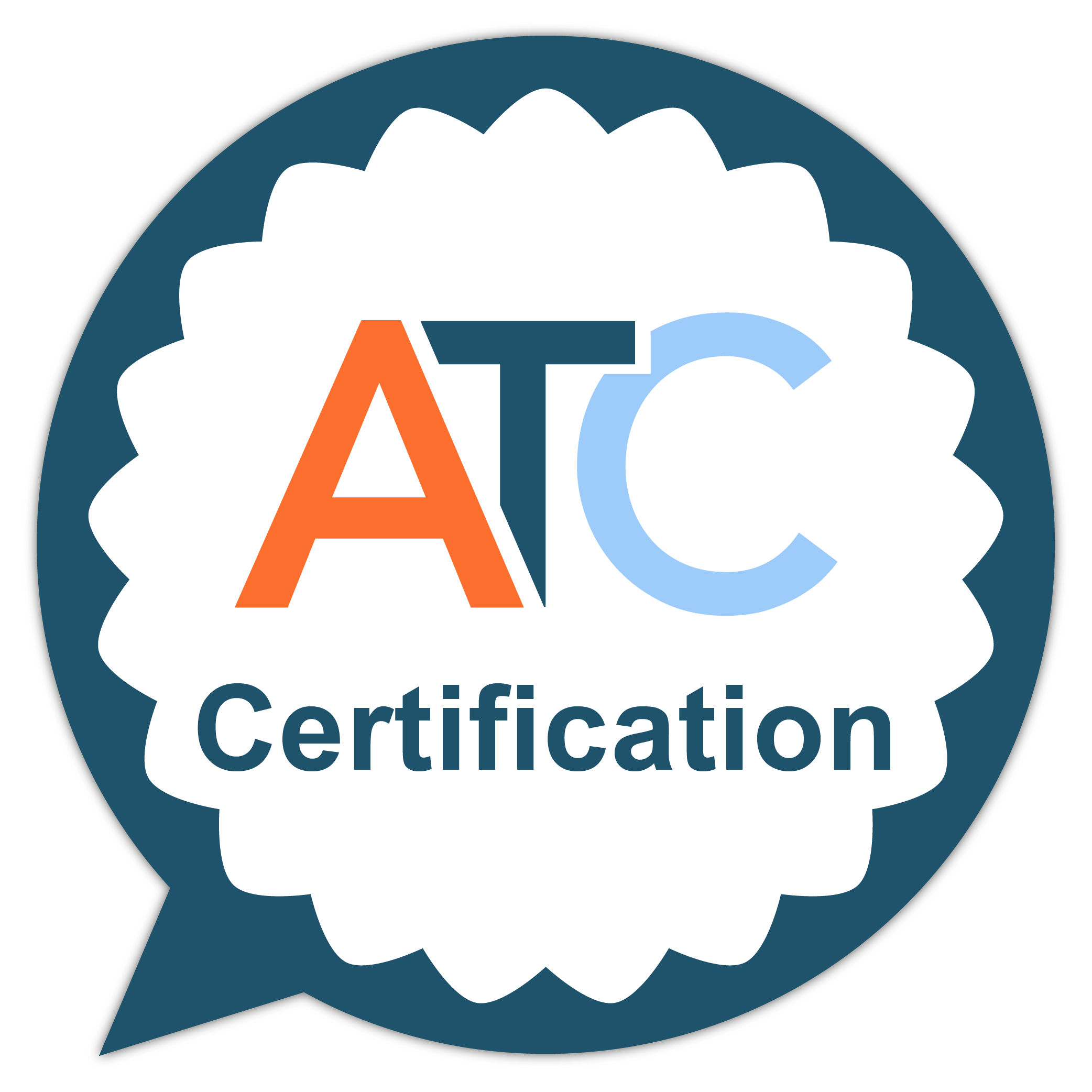*First published by ATC.
In an ISO standards knowledge-sharing webinar hosted by the EUATC and ISO TC 37/SC 5 attended by over 300 participants, the draft standard ISO/CD 17651-4 standard — Simultaneous Interpreting – Interpreter’s Working Environment. Part 4: Requirements and Recommendations for Signed Language Interpreting Workspaces was presented by Project Leader Dr Maya de Wit. This session was made even more special by the presence of two professional interpreters who volunteered their simultaneous sign language interpreting services throughout.
About the Speaker: Dr Maya de Wit
Dr Maya de Wit is an internationally recognised sign language interpreter and consultant, working across a combination of three signed and three spoken languages, including International Sign, Dutch Sign Language (NGT), American Sign Language (ASL), as well as German, English, and Dutch. She is the Director of the Multilingual Sign Language Translation and Interpreting Studies (MITS) postgraduate programme, a collaboration between the Mason Perkins Deafness Fund and the University of Siena.
Dr de Wit is also a trainer specialising in conference interpreting, an independent researcher with a doctorate on international sign conference interpreting, and an active member of AIIC (the International Association of Conference Interpreters) and Calliope Interpreters, a global network of consultant interpreters.
The Development of ISO/CD 17651-4
The ISO/CD 17651-4 is currently at the Committee Draft stage and forms part of a broader project under ISO TC37/SC5 Working Group 3. The standard’s core writing team consists of Stefano Marona (Convenor), editors Isabella Hayrick and Mark Scofield, and project leader Dr de Wit.
While Parts 1, 2, and 3 of ISO 17651 — covering permanent booths, mobile booths, and interpreting hubs — already address environments for both spoken and signed language interpreters, it became apparent during development that more detailed specifications were needed for signed language interpreting workspaces. Hence, the need for Part 4.
Accessibility is a fundamental principle guiding the development of this standard, following ISO Guide 71. Not only must the standard itself be inclusive, but the process of its creation must also involve relevant stakeholders — including interpreters, event organisers, and most importantly, users of signed language interpreting services.
Why a Separate Standard for Signed Language Workspaces?
Signed language interpreting requires specific environmental and technical conditions distinct from those for spoken language interpreting. These include:
- Workspace location: Interpreting may take place within a conference room, a dedicated sign language booth, or remotely from a hub.
- Visual clarity: Proper backdrops, optimal lighting, and elimination of visual distractions are crucial.
- Audio-visual equipment: High-quality cameras, appropriate audio transmission (using radio frequency rather than infrared systems to prevent signal interference), and reliable video monitors are essential for both interpreters and participants.
- Accessibility: The workspace must ensure that the interpreter’s signing is clearly visible to all, either in-person or via streamed video.
Dr de Wit shared practical examples, including booth set-ups and conference floor layouts, to illustrate best practices in real-world interpreting environments.
Project Timeline
The development of ISO/CD 17651-4 is progressing steadily. The working draft was completed in 2023, and the committee draft was recently published. Following feedback from national standards bodies, the project will move to the Draft International Standard (DIS) stage by November 2025, with final publication targeted for January 2027.
Stakeholder engagement remains a key priority to ensure the standard is practical, effective, and inclusive. Dr de Wit encouraged all interested parties to contribute through their national standards bodies to ensure that a diversity of expertise and lived experiences is represented.
How You Can Get Involved
The development of ISO/CD 17651-4 marks a significant advancement towards improving the working environments for signed language interpreters worldwide. As this important work moves forward, there is an open invitation for professionals, interpreters, event organisers, and users of interpreting services to contribute their insights.
If you would like to be part of shaping a more inclusive and accessible future for interpreting services, contact your national standards body and get involved in the consultation process. Together, we can ensure that the standards we develop truly meet the needs of our diverse interpreting communities.
Let’s build a stronger, more standardised industry together!


